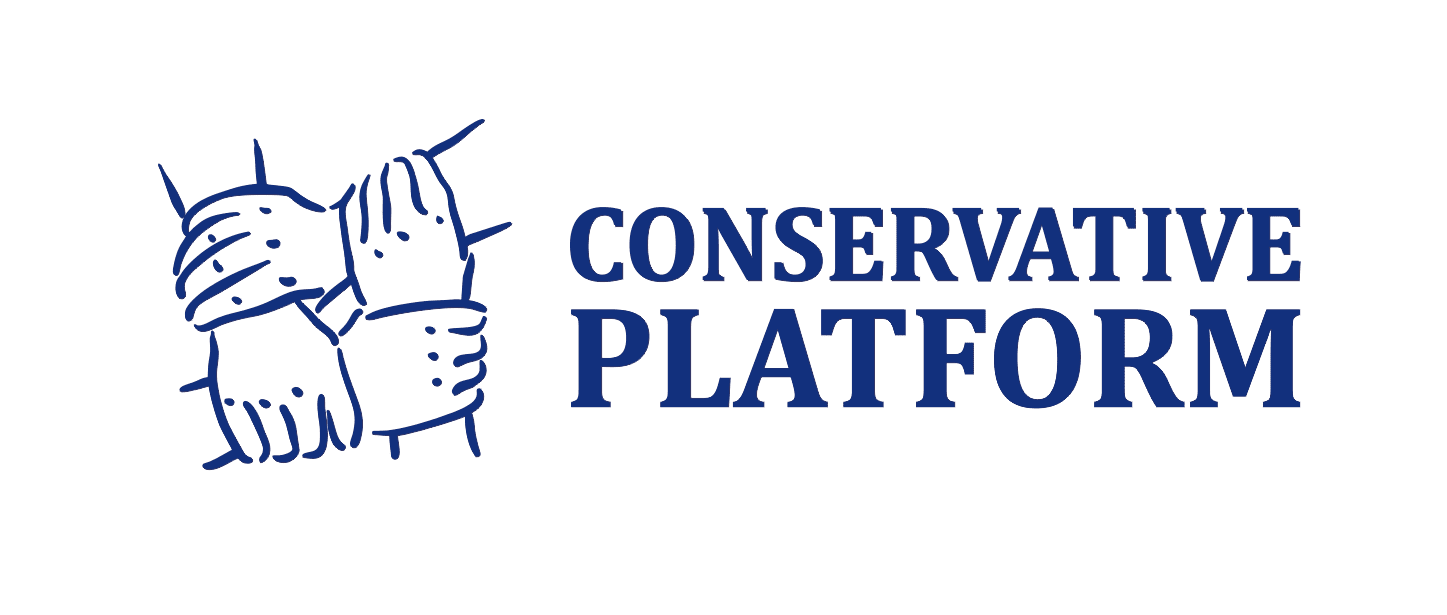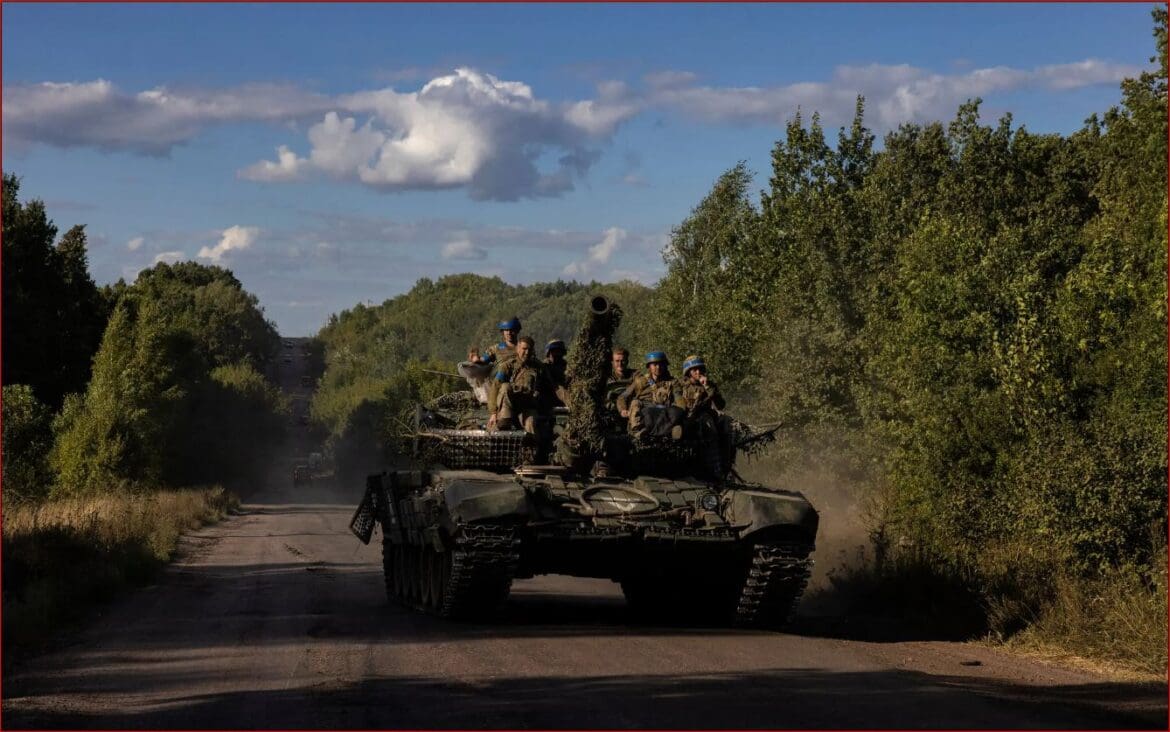Two weeks after the surprise invasion of Russian territory by Ukrainian forces, the Kremlin’s advance has slowed markedly, and a fortified front line in the Kursk region has become key to the next phase of the conflict, with major political implications for both sides – The New York Times
Russian President Putin has promised a decisive response to the first invasion of Russian territory since World War II. So far, however, the response has been limited to deterring the offensive rather than repelling it, raising questions about the readiness of the exhausted Russian army to act decisively to drive out Ukrainian forces, as well as its ability to do so.
The unexpected invasion of the Kursk region exposed the weaknesses of Russian intelligence and the lack of combat-ready reserves on Moscow’s 1206.75-kilometer front. The rapid advance of Ukrainian troops changed the global perception of Russia’s slow but inevitable march to victory in a war of attrition.
As Ukrainian forces advanced, videos surfaced showing Russian conscripts and border guards surrendering. This shocked many in Russia, undermining Putin’s narrative that the war in Ukraine is being fought far from Russian territory by well-paid volunteers.
However, the battle on Russia’s border remains in its early stages, and the current pace of the offensive near Kursk gives Putin time to adjust his strategy. Analysts suggest that instead of weakening the Kremlin’s control, the invasion may ultimately lead to the consolidation of Russian society around the government.
“The invasion near Kursk is undoubtedly a blow to the Kremlin’s reputation,” Russian political analyst Tatiana Stanova wrote on her social media. However, in her opinion, this is unlikely to lead to a significant increase in social or political discontent among the population, or to an uprising of the elite.
From the Russian military point of view, the Kyiv gambit has created an opportunity to further deplete Ukraine’s limited forces and gain advantages in other parts of the front. Russian military analysts believe that this could turn the temporary political victory of Ukrainian President Volodymyr Zelenskyy into a strategic defeat.
The operation in the Kursk region, which was initially heralded as a brilliant military strike, may turn out to be a trap for Ukrainian troops, analysts say.
“The invasion of Kursk has only expanded and prolonged the war of attrition, in which Russia has a superiority in resources,” said Vasily Kashin, a political scientist at Moscow’s Higher School of Economics who analyzes the political consequences of the Russian war.
According to analysts, the Russian generals’ possible options include an attempt to assemble new forces to defeat the Ukrainian bridgehead in Kursk or to use their superiority in air and artillery to gradually push Ukrainian troops out.
Both strategies could take weeks or even months to implement, and would require resources to be diverted from other areas of the front, reflecting the reality of war where neither side has enough strength to deliver the final victorious blow.
Putin, who is balancing the political cost of losing territory with the need to mobilize new soldiers, has not expressed a clear strategy. On Tuesday, he visited a provincial sweets factory, inspecting packages of sugar-free apple candy, in stark contrast to the tension of the first days of the Kursk invasion, when Putin sharply criticized his subordinates and promised decisive action.
Analysts are still trying to understand why Russian forces were so unprepared on August 6, when Ukrainian units broke through the border undetected. Ukrainian troops quickly pushed back the inexperienced and ill-equipped Russian conscripts guarding this sector of the front and advanced tens of miles into Russian territory.
Some experts believe that the Russian command did not send significant forces to the area because of its low military importance. “The strike hit an empty place,” said Dmitry Kuznets, a military analyst for the Russian independent Meduza, which now operates from Latvia after being banned in Russia.
Another military expert, Ruslan Pukhov, suggested that the Russian leadership may have been misled by the peace initiatives that Kyiv offered in the summer.
After the first week of fighting, Ukraine claimed control of nearly 643 km of Russian territory and the capture of hundreds of prisoners.
However, with Ukrainian supply lines stretched and Russian reinforcements approaching, the pace of the offensive slowed significantly in the second week. Most military analysts believe that Ukraine no longer poses a threat to strategically important targets such as the Kursk nuclear power plant or the regional center.
These analysts also believe that Russia has now concentrated enough forces in Kursk to stop the invaders, likely turning the conflict into a positional war similar to the one on other fronts.
To counter the Ukrainian invasion, the Russian command used a mixture of conscripts, volunteers from units that were forming in the rear during the attack, and experienced soldiers transferred from relatively quiet areas of the frontline in Ukraine, said Kuznets.
For example, the Russian Black Sea Infantry was redeployed to Kursk from Kherson region, where the frontline had remained on the impassable Dnipro River for a long time. Other units of the initial response force to Kursk came from Zaporizhzhia and Kharkiv regions, where the front had not changed significantly for several weeks, Russian military analyst Valery Shiryaev said in an interview with the independent Russian outlet Newsroom.
Analyst Kuznets noted that although Putin has time to prepare a strike on Kursk, he cannot allow Russian territory to remain under enemy control indefinitely without risking a negative reaction from nationalists.
The authorities indirectly acknowledged that the struggle to oust Ukrainians could last for weeks or even months by offering financial assistance to refugees from the occupied areas of Kursk region to resettle in other parts of Russia.
“If Ukraine was hoping that the shock of the attack would undermine Russians’ faith in the possibility of continuing the war, this will not happen,” said analyst Vasily Kashin. “Rather, it will cause anger and the realization that the war was inevitable.”
The offensive on Kursk also exposed the shortcomings of Russia’s strategy of prolonged warfare, which was largely based on recruiting volunteers lured by high pay.
This strategy allowed Russia to compensate for its losses in Ukraine by avoiding a new wave of unpopular mobilization. However, it also meant that the flow of volunteers was insufficient to create strategic reserves capable of responding effectively to new crises, such as the invasion of Kursk.
The Russian military command, having formed a response force, decided not to move troops from one section of the front. Analysts note that none of the units currently fighting near Kursk came from the Donetsk region in eastern Ukraine, where Russia continues its offensive.
After the invasion of Kursk, Russian troops have only intensified their offensive on the strategic Donetsk stronghold of Pokrovsk. In recent days, they have also made gains in other areas of eastern Ukraine where the fiercest fighting is taking place.
The Ukrainian government reported that some units had been redeployed from the front line to support the operation in the Kursk region, which could facilitate the advance of Russian troops.
While the long-term consequences of the Kursk offensive remain uncertain, it is clear that it has expanded the front by an additional 100 kilometers, forcing both sides to stretch their already limited forces.




